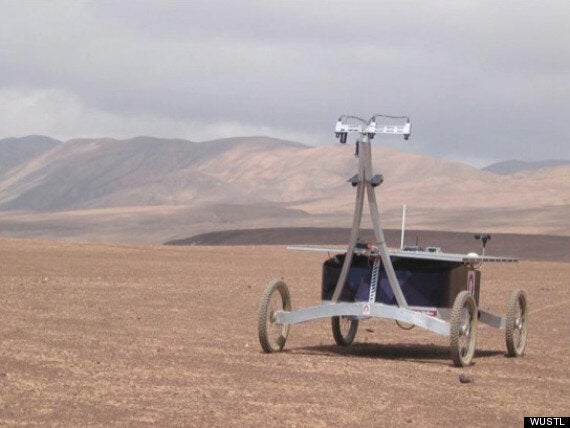In order to test out instruments to be used in a trip to Mars you need somewhere... well, like Mars.
This is the dilemma faced by scientists from the Washington University in St Louis (WUSTL)who have plumped for the Atacama Desert in Chile.
This South American plateau is so dry it's believed to have had no rain at all between 1570 and 1971.

Zoe is solar-powered but future Mars Rovers will be nuclear like Curiosity
Alian Wang, PhD, research professor at WUSTL said: "If you’re practicing to find life on Mars, you don’t want to go to a lush environment."
A new hi-tech piece of kit called the Mars Microbeam Raman Spectrometer (MMRS) has set off aboard a rover called Zoe currently traversing the salt flats and volcanic slopes of the Atacama.
The MMRS is the culmination of 18 years work by WUSTL and Nasa's Jet Propulsion Laboratory and should give a simpler and clearer way to examine the composition of rock samples on Mars
It was originally intended to ba aboard the Sprit and Opportunity, two rovers already on Mars but downsizing of operations after two failed missions meant they missed out.

The Mars-esque landscape
The Atacama mission should highlight any unforeseen issues that may crop up. Similar tests last year flagged up a number of problems.
Wang said: "We found some problems we never expected.
"The heat generated by cooling the Raman spectrometer’s detector is dissipated by a cooling fan. When we came to the Atacama we were sometimes as high as 4,500 meters (14,800 feet) above sea level.
"The air is so thin at that altitude, the fan labored to get rid of the heat. That’s one lesson we learned.
"Of course it will be different on Mars where the atmosphere is much thinner, but we learned where the instrument is vulnerable."
Zoe will spend four traversing in the Atacama.